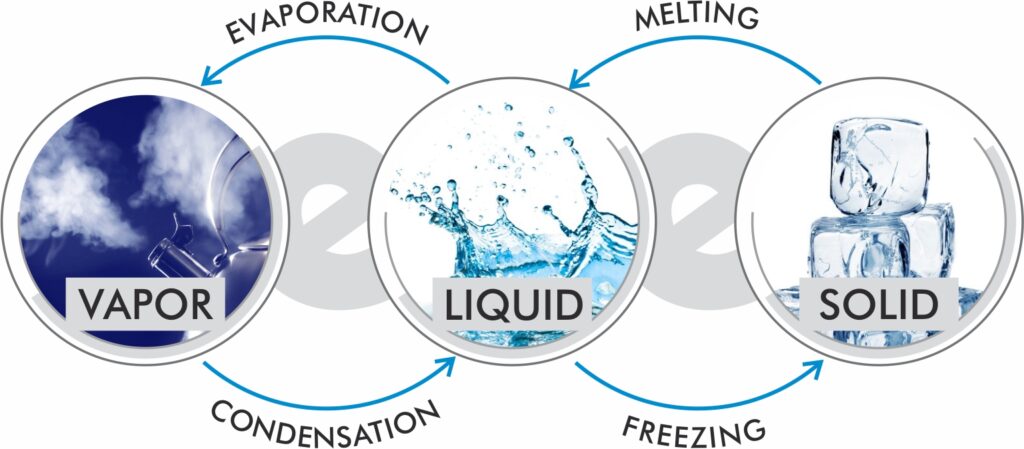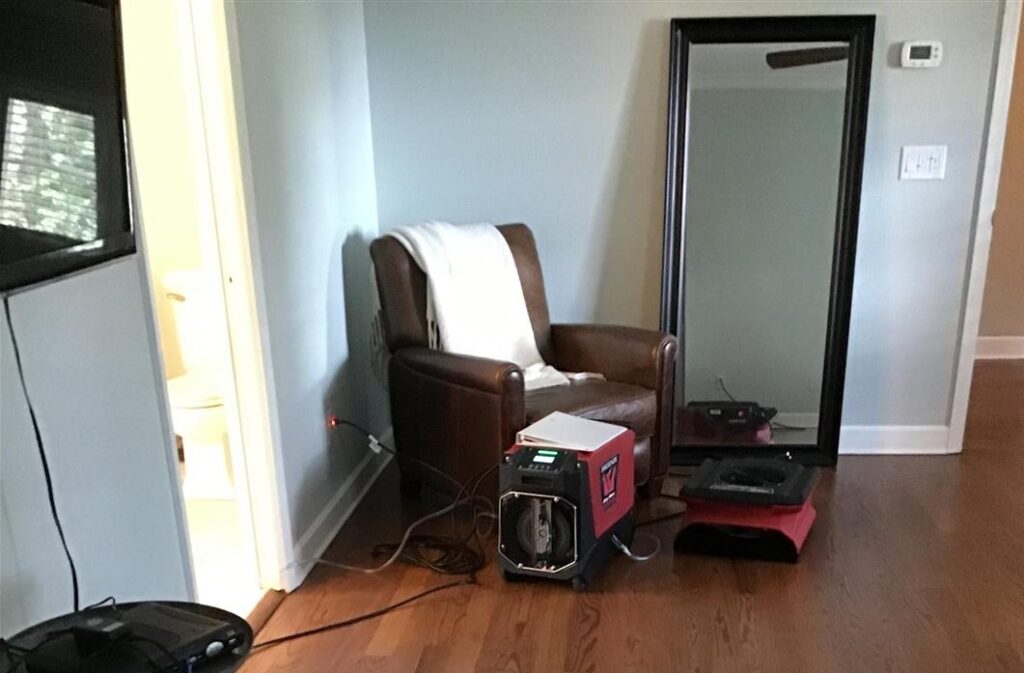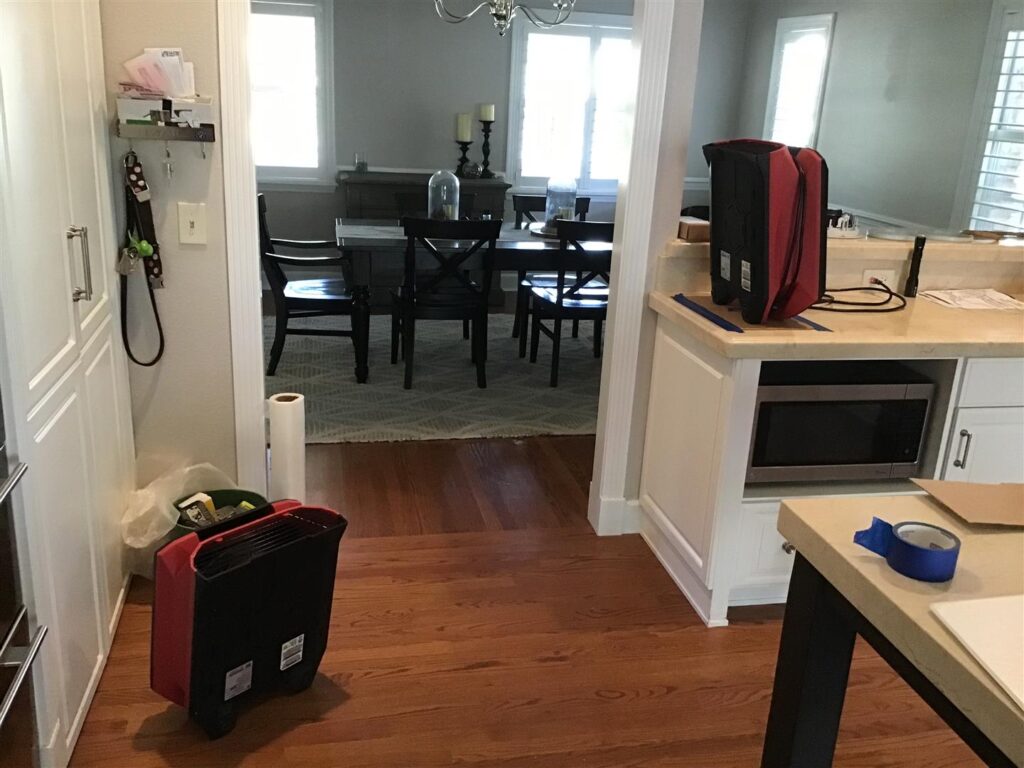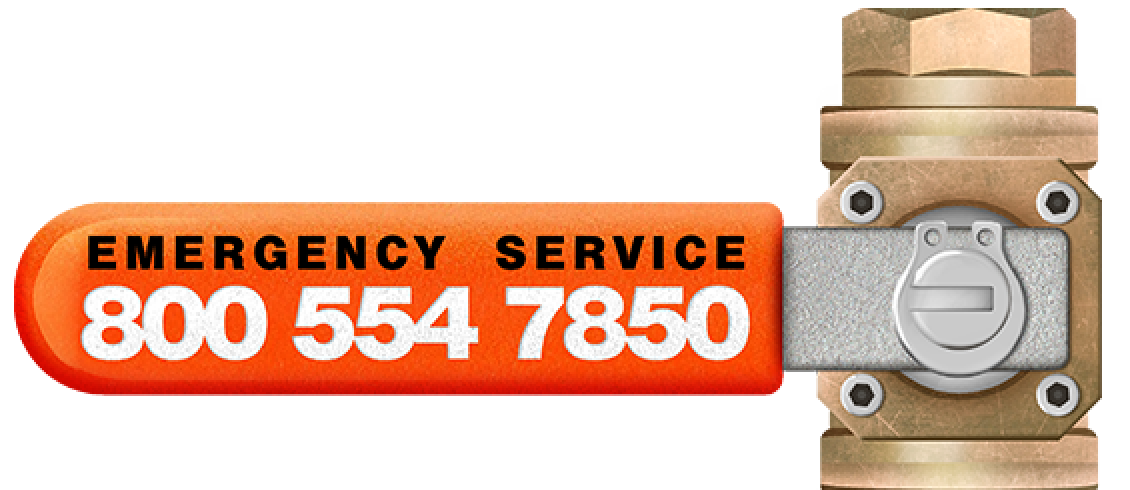The Principles of Drying Your Home or Business
Humidity has a huge impact on how quickly building materials in your home or business will dry. In fact, it is instrumental to the strategy used by water mitigation technicians to dry your home. In another post, The Basic Principles of Relative Humidity, we discuss the scientific principles that are applied in this drying process.
For water to evaporate, there needs to be capacity within the air to hold the gaseous water. Relative humidity is how much water there is in the air compared to its capacity to hold it. The warmer the air, the more capacity there is to hold water. To dry your home, the technicians want low humidity so that there is room for the moisture in your home to go when it evaporates. That is how your home dries. Moisture moves from your floors, ceilings, and walls into the air by evaporating.

An Example of a Disaster and How We Address It
Imagine you had a pipe burst in your home and had water spraying all over the walls and floor. Then, it flowed out of your bathroom and into the hallway before you turned off the water. Once you resolve the broken pipe and have soaked up all of the water, you still have walls, floors, ceilings below, and carpets that are still really wet. These building materials have absorbed the water. How do they dry? You can wring out towels and mops, but you can’t wring out your walls.
When the water was flowing from the pipe, it found its way through the pores of the wood (and carpet and drywall, but we’ll just talk about the wood for this illustration). It got wet and its porous nature caused them to soak up that water. The wood won’t absorb as much or as quickly as a sponge, but the same principle applies.
With dry air, that is, air with low humidity, the vapor pressure in the wood and other materials is higher than the vapor pressure of the air; so the moisture does what it is known to do, find the path of least resistance, and flow from the wood into the air. It evaporates.
As the moisture evaporates, the vapor pressure in the wood goes down and the vapor pressure in the air goes up. They are trying to reach equilibrium, the point at which the vapor pressure is the same in both wood and air. When that point is reached, the evaporation stops. Whatever water is in the wood, remains in the wood.
Construemax on the Scene
Whenever a Construemax technician is drying out your home, they identify a drying goal. This goal is a measurement of the amount of moisture in the wood that is considered properly dry. Wood has water content. That’s normal. When you pick up a board and you feel that it is dry, it actually still has water in it. That is part of its molecular makeup and that is fine. In fact, it is important because if the wood is too dry then it becomes brittle, can split, and doesn’t provide you the strength you need. On the other hand, if it feels dry but still has too much moisture in it, it can dry rot. That too will compromise the structural integrity of the wood.
If the wood still has too much water in it and the air is full of moisture, the next task is to make room for more water. And that means more room in the air so the water in the wood has someplace to go.
Making Room to Dry
There are two ways to make room in the air for more water.
- Give the air more capacity to hold water vapor.
- Remove whatever water you have in the air.
Warm the Air
Relative Humidity, as we’ve described, is the percentage of moisture the air holds compared to how much it CAN hold. The capacity depends on temperature.
The warmer the air, the greater capacity to hold water vapor.
One way to make room for more water is to raise the temperature of the room where your materials are trying to dry. As you do this, the water in materials will begin to evaporate, which we all recognize as converting liquid to gas.
Cool the Air

You could take a different approach. You could pull the water out of the air and make it a liquid. Just as warming the air will increase the capacity of the air to hold water, decreasing the temperature of the air will diminish its capacity. When the temperature of the air is lowered to the point where the air can’t hold any more water, it is saturated. That is the dew point. But you need to do this in a controlled way so that the cooled air will allow you to collect the water, but not warm the air that is drying the room.
To do this, the water technician is going to use a dehumidifier. The dehumidifier pulls the air in and cools to the dew point temperature. This creates condensation, converting the moisture from vapor to liquid. This cools only the air in the dehumidifier so the room temperature stays warm and the water is either collected in a bucket and later dumped, or drained with a hose into a sink or tub.
We Employ Both Approaches at the Same Time
The longer your home is wet the greater the risk of increasing the damage to the building materials and the greater the risk of mold growth. We will evaluate the situation to give you the best approach for the fastest evaporation.
We want the air warm, as warm as possible. If people are not living in the house, perhaps after a hurricane, we will leave the air conditioner off. If people are living in the house we still need it to be livable, so the air conditioner will still run, but perhaps a few degrees higher than you are accustomed to so as to speed up the drying.
We will also deploy dehumidifiers to extract the water from there air. This is a very effective approach.
This is the basis for all of the techniques used by water mitigation specialists like Construemax. There are a whole host of ways to use these principles of fluid dynamics to manipulate the environmental conditions to effect a fast dry out of your home.
Barrier layers Slow the Conversion Process
When you see water droplets forming on the outside of a glass, you are watching condensation happen before your eyes. The surface of the glass is at or below the dew point. The cold contents cool the surface of the glass and the surface of the glass cools the air. It cannot hold the moisture anymore and droplets form on the surface. But it only happens to the air immediately touching the glass.
Wet surfaces that are drying also have a barrier layer. This is where the air touching the wet surface contains the most moisture and acts as a barrier. The amount of moisture in the air will diminish the further it is from the wet surface. Because the air has a lot of moisture, it hinders the evaporation process.
We Also Give Evaporation a Boost
The Construemax technician will use these fluid dynamic principles to accelerate the drying processes.

The barrier layer on the surface of the wet materials is the most saturated air, and the air at the exhaust of the dehumidifier is the driest air. To defeat that situation, your technician will strategically place air movers (a fancy word for fan) throughout the whole area that needs to be dried. You should expect to have at least three air movers per room. If there is a closet, there will likely be one in there too.
The idea of these fans is to move the air around to give the wet surfaces. By moving the dry air around the room to come in contact with the wet surfaces, you create a situation where there is more vapor pressure inside the wet materials than in the air. The path of least resistance for the moisture in the materials is to go into the air. The higher vapor pressure in the wet wood, sheetrock, and carpet will push the water into the low vapor pressure of the dry air.
When you do laundry, you put wet clothes in a hot dryer chamber. They tumble and the moisture evaporates. The wet air is blown outside through an exhaust vent. That tumbling provides the same effect as air moving that we do with fans.
Conclusion
In the simplest terms, drying your home after a water disaster is simply a process of evaporation. There is a science to it and our expert technicians employ a variety of techniques to speed up the evaporation process. In addition to strategically placing air movers and dehumidifiers, our technicians will monitor progress daily. We measure moisture levels, temperature, and humidity inside and outside the home. With all of these measurements, we use our skills, equipment, and experience to dry your home so it is ready to be restored to its previous condition.









